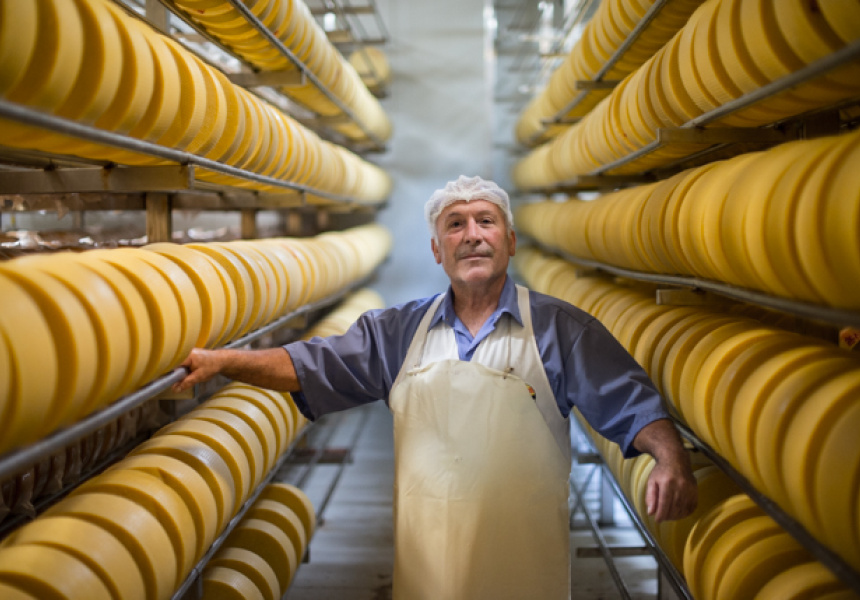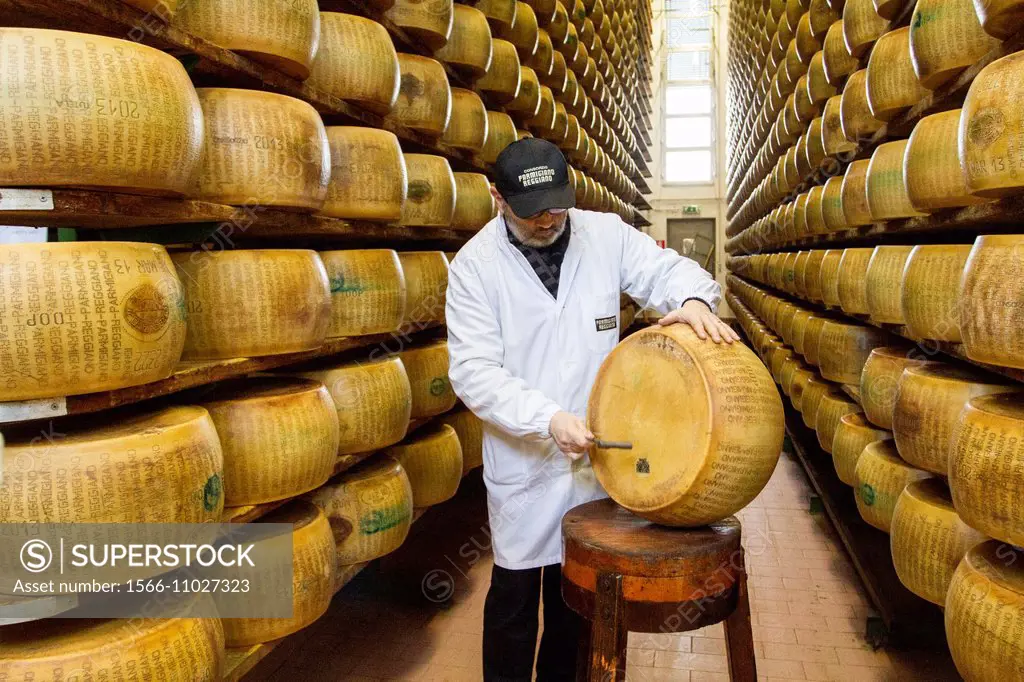Where to Purchase Cheese: Top Cheese Shops Melbourne
Wiki Article
An In-Depth Check Out Cheese Production: Ingredients, Approaches, and the Future of Artisan Cheeses
The elaborate process of cheese production is a fascinating merging of art and science, where high-grade milk, rennet, and particular microbial cultures act as foundational elements. Conventional strategies, such as salting and aging, are enhanced by modern-day advancements that react to evolving consumer choices. As the sector increasingly prioritizes sustainability and transparency, the future of artisan cheeses guarantees to mirror both heritage and development. Comprehending the subtleties of these practices raises engaging inquiries regarding the instructions of cheese production and its implications for high quality and credibility. What exists ahead in this progressing landscape?Key Active Ingredients in Cheese Production
A selection of essential active ingredients play a crucial duty in cheese production, each adding to the last product's taste, appearance, and personality. The main component in cheese is milk, which can originate from different sources, including cows, goats, and sheep - cheese factory melbourne. The type of milk used considerably affects celebrity's taste and uniformity; for example, cow's milk typically produces creamier cheeses, while goat's milk often produces appetizing selectionsOne more vital active ingredient is rennet, an enzyme utilized to curdle the milk, separating it into curds and whey. The source of rennet can be animal, vegetable, or microbial, each presenting distinct attributes to the cheese.
Salt not just enhances the taste yet likewise acts as a preservative, preventing the development of unfavorable bacteria. Additionally, numerous flavor representatives, such as herbs, seasonings, or perhaps smoked timber, can be included in produce unique artisanal cheeses. With each other, these components develop the structure of cheese manufacturing, setting the stage for varied and rich cheese selections.
Traditional Cheese-Making Strategies
Utilizing typical cheese-making techniques, craftsmens all over the world protect time-honored techniques that have been given through generations. These techniques frequently highlight making use of high-grade, locally sourced milk, which is central to the one-of-a-kind tastes and appearances of artisanal cheeses. The process generally starts with the cautious heating of milk, followed by the enhancement of societies and rennet to help with coagulation.When the curds form, they are reduced, permitting whey to drain pipes, an important action that affects moisture material and texture. Salting is a vital facet of this process, enhancing flavor while also acting as a chemical.
Aging, or affinage, is another important component, throughout which cheeses develop their characteristic aromas and tastes. Craftsmens might use certain aging settings, making use of moisture and temperature level controls to improve celebrity's account. The dedication to these standard approaches not only sustains regional economic climates yet additionally adds to the abundant variety of cheese varieties found globally, celebrating social heritage and artisanal workmanship.
Modern Innovations in Cheese Production
How have technical developments transformed cheese production in recent years? The integration of modern-day technology has transformed both the performance and high quality of cheese production.Additionally, advancements in microbiology have actually enabled cheesemakers to pick specific microbial societies and enzymes, optimizing taste accounts and improving rack life. Making use of sensor modern technology for keeping track of fermentation problems has actually also ended up being widespread, allowing for real-time modifications to keep ideal environments for cheese aging.

These improvements not just improve the high quality and additional hints sustainability of cheese manufacturing yet likewise equip artisan manufacturers to keep standard flavors while embracing modern-day performance. As innovation remains to progress, the future of cheese production looks promising, blending practice with technology.
The Function of Terroir in Cheese
In the world of cheese manufacturing, terroir plays a critical function in specifying the unique qualities of different cheeses. Terroir, a French term commonly related to red wine, encompasses the environmental elements that affect agricultural items, including soil make-up, environment, and local vegetation and fauna. In cheese-making, the one-of-a-kind attributes of the region where the site here milk is sourced can impart particular tastes and structures to the end product.For instance, the grazing problems of dairy products animals dramatically impact the milk's make-up, affected by the kinds of grasses and herbs available in a certain area. This differs not only in between countries however also between areas within the exact same nation. Additionally, the microbial areas present in the environment add to the fermentation procedures, resulting in varied profiles in flavor and scent.
Cheeses such as Roquefort, Parmigiano-Reggiano, and Cheddar exhibit how terroir can form their identifications, making them unique and commonly shielded by geographical indications. As producers significantly identify the relevance of terroir, there is an expanding focus on sourcing regional components and maintaining traditional techniques, ensuring that each cheese truly mirrors its beginning.

Future Fads in Craftsmen Cheeses
A significant change is taking place in the artisan cheese industry, driven by advancing customer choices and technological innovations. Progressively, consumers are moving toward one-of-a-kind, top notch items that stress both sustainability and regional sourcing - cheese for sale online. This pattern is triggering artisan cheesemakers to introduce, concentrating on small-batch manufacturing and making use of traditional methods while incorporating modern technology to boost quality and safety
Additionally, there is a growing passion in plant-based and different milk Read Full Article items, pressing typical cheesemakers to check out new avenues, such as cashew or almond-based cheeses. This change not just deals with dietary limitations yet also lines up with environmental problems pertaining to pet agriculture.
Additionally, openness in sourcing and manufacturing procedures is coming to be paramount. Consumers are more enlightened and need traceability, prompting manufacturers to embrace more clear labeling methods and involve in narration that highlights their techniques and values.
Final Thought
In final thought, the complex process of cheese manufacturing melds typical techniques with contemporary innovations, causing a diverse selection of tastes and structures. The emphasis on top quality ingredients and the influence of terroir emphasize the artistry associated with cheese production. As the market develops, a focus on sustainability and transparency will likely form the future of artisan cheeses, satisfying a progressively critical consumer base that values authenticity and craftsmanship in dairy products.Report this wiki page